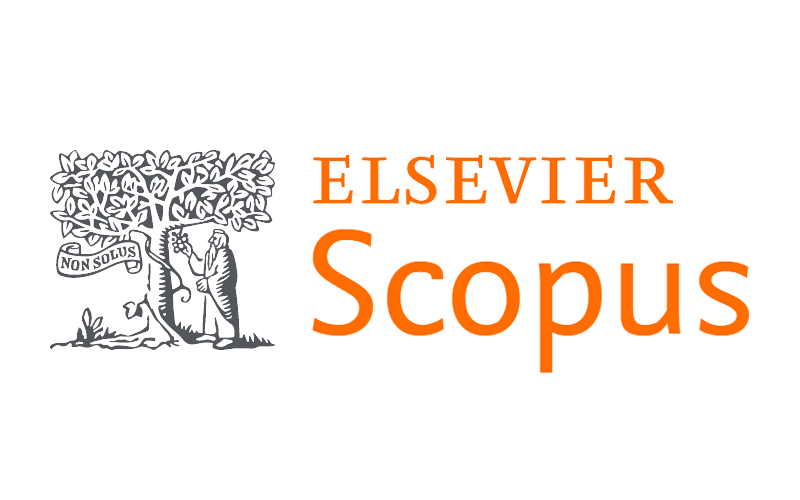Approach to the diagnosis and management of snakebite envenomation in South Africa in humans: Special patient groups and surgical aspects.
DOI:
https://doi.org/10.7196/SAMJ.2023.v113i6.1038Keywords:
snakebiteAbstract
This article explores the management of snakebite to vulnerable patient groups, namely children and pregnant women as well as providing detail on the current best practice when caring for venom ophthalmia and surgical wounds resulting from snakebite. Finally, the optimal free-to-use medical record for accurate documentation of snakebite incidents is provided for use by South African practitioners.
References
Le Geyt J, Pach S, Gutiérrez JM, et al. Paediatric snakebite envenoming: Recognition and management of cases. Arch Dis Child 2021;106(1):14-19. https://doi.org/10.1136/archdischild-2020-319428
Müller GJ, Modler H, Wium CA, Veale DJH, Marks CJ. Snake bite in southern Africa: Diagnosis and management. CME 2012,30(10):362-382.
Pattinson JP, Oosthuizen G, Tilbury CR, Wood D. Approaches to snake envenomation in Southern Africa. In: Mackessy SP, ed. Handbook of Venoms and Toxins of Reptiles. 2nd ed. London: CRC Press, 2021.
Wagener M, Naidoo M, Aldous C. Wound infection secondary to snakebite. S Afr Med J 2017;107(4):315-319. https://doi.org/10.7196/SAMJ.2017.v107i4.12084
Variawa S, Buitendag J, Marais R, Wood D, Oosthuizen G. Prospective review of cytotoxic snakebite envenomation in a paediatric population. Toxicon 2021;190:73-78. https://doi.org/10.1016/j. toxicon.2020.12.009
Buitendag JJP, Variawa S, Wood D, Oosthuizen G. An analysis of paediatric snakebites in north-eastern South Africa. S Afr J Surg 2021;59(3):97-101.
Patanowitz L, Guidozzi F. Management of snake and spider bite in pregnancy. Obstet Gynecol Survey 1996;51:615-620.
Wium L. Neurotoxic snake bite in pregnancy. Obstet Med 2021;14(3):187-189. https://doi. org/10.1177/1753495X211019236
Chu ER, Weinstein SA, White J, Warrell DA. Venom ophthalmia caused by venoms of spitting elapid and other snakes: Report of ten cases with review of epidemiology, clinical features, pathophysiology and management. Toxicon 2010;56(3):259-272. https://doi.org/10.1016/j.toxicon.2010.02.023
Pattinson JP, Kong VY, Bruce JL, et al. Defining the need for surgical intervention following a snakebite still relies heavily on clinical assessment: The experience in Pietermaritzburg, South Africa. S Afr Med J 2017;107(12):1082-1085. https://doi.org/10.7196/SAMJ.2017.v107i12.12628
Kingdom of eSwatini. National Snakebite Management Guidelines. eSwatini Antivenom Foundation, 2021.
Garfin SR, Castilonia RR, Mubarak SJ, Hargens AR, Russell FE, Akeson WH. Rattlesnake bites and surgical decompression: Results using a laboratory model. Toxicon 1984;22(2):177-182. https://doi. org/10.1016/0041-0101(84)90018-7
Wood D, Sartorius B, Hift R. Ultrasound findings in 42 patients with cytotoxic tissue damage following bites by South African snakes. Emerg Med J 2016;33(7):477-481. https://doi.org/10.1136/ emermed-2015-205279
Russell JJ, Schoenbrunner A, Janis JE. Snake bite management: A scoping review of the literature. Plast Reconstr Surg Glob Open 2021;9(4):e3506. https://doi.org/10.1097/GOX.0000000000003506
Gutiérrez JM, Escalante T, Hernández R, Gastaldello S, Saravia-Otten P, Rucavado A. Why is skeletal muscle regeneration impaired after myonecrosis induced by viperid snake venoms? Toxins 2018;10(5):182. https://doi.org/10.3390/toxins10050182
Pach S, le Geyt J, Gutiérrez JM, et al. Paediatric snakebite envenoming: The world’s most neglected ‘neglected tropical disease’? Arch Dis Child 2020;105(12):1135-1139. https://doi.org/10.1136/ archdischild-2020-319417
Downloads
Published
Issue
Section
License

This work is licensed under a Creative Commons Attribution-NonCommercial 4.0 International License.
Licensing Information
The SAMJ is published under an Attribution-Non Commercial International Creative Commons Attribution (CC-BY-NC 4.0) License. Under this license, authors agree to make articles available to users, without permission or fees, for any lawful, non-commercial purpose. Users may read, copy, or re-use published content as long as the author and original place of publication are properly cited.
Exceptions to this license model is allowed for UKRI and research funded by organisations requiring that research be published open-access without embargo, under a CC-BY licence. As per the journals archiving policy, authors are permitted to self-archive the author-accepted manuscript (AAM) in a repository.
Publishing Rights
Authors grant the Publisher the exclusive right to publish, display, reproduce and/or distribute the Work in print and electronic format and in any medium known or hereafter developed, including for commercial use. The Author also agrees that the Publisher may retain in print or electronic format more than one copy of the Work for the purpose of preservation, security and back-up.





